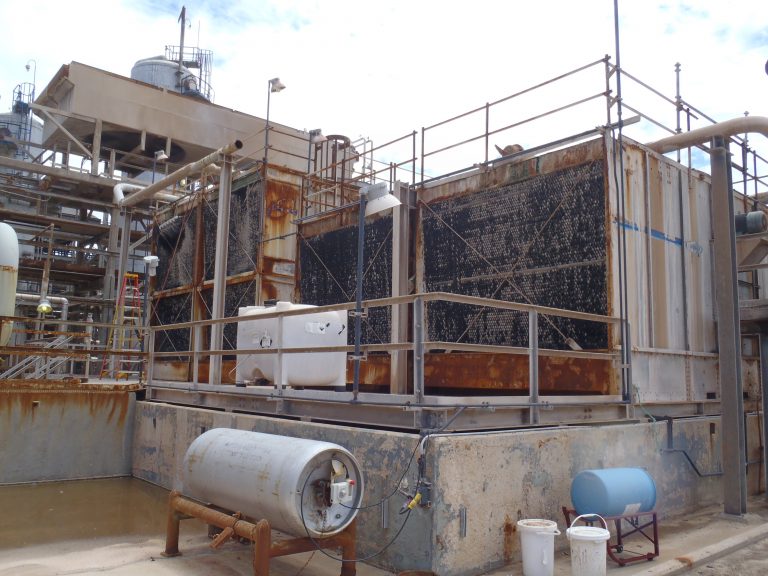Tower Tech's History

Our founder, Harold Curtis, was tired of fixing the same cooling tower problems over and over again. So this inventor took his two decades of experience in the cooling tower erection and reconstruction industry and puzzled out a better solution. The result was Tower Tech, a small, independently owned manufacturer of field-erected cooling towers.
Pioneering an Industry
In 1989, the first mobile cooling tower was developed at the company’s plant in Chickasha, Oklahoma. The patented design met with resounding success. After developing the Modular Cooling Tower (now the TTXR) in the early 1990s, Tower Tech turned its focus to a new rental division. Tower Tech’s mobile rental units could be put into service within hours to provide emergency cooling and augmented cooling capacity during the peak heat loads of the summer or maintenance and project turnarounds.
By 1998, Tower Tech had built an unmatched fleet of rental towers. After completing an 80-tower temporary project, Tower Tech sold its rental tower division. The focus then turned to further perfecting the industry's leading cooling tower. Tower Tech has manufactured more than 600 modular rental cooling towers providing over 500,000 tons of cooling tower worldwide by most major rental equipment suppliers.
.jpg?width=500&height=375&name=New%20TT%20Plant%20(1).jpg) Tower Tech Joins CCG
Tower Tech Joins CCG
In August 2017, Tower Tech became the fifth company in the Creative Composites Group (CCG) consortium of companies, a subsidiary of Hill & Smith PLC. Tower Tech's relationship with CCG began over 20 years ago, when Creative Pultrusions Inc. was the only company capable of creating consistent, continuous-span, Fiber Reinforced Polymer (FRP) panels for our tower walls. Today CCG is the largest manufacturer of structural FRP in the US.
Tower Tech Today
Over the decades, Tower Tech has grown from a small wooden cooling tower constructor to a mid-sized manufacturer of the industry's best composite cooling tower with unmatched redundancy and service life. To date, Tower Tech and its international network of partners have sold more than 5,000 factory-preassembled modular cooling towers.